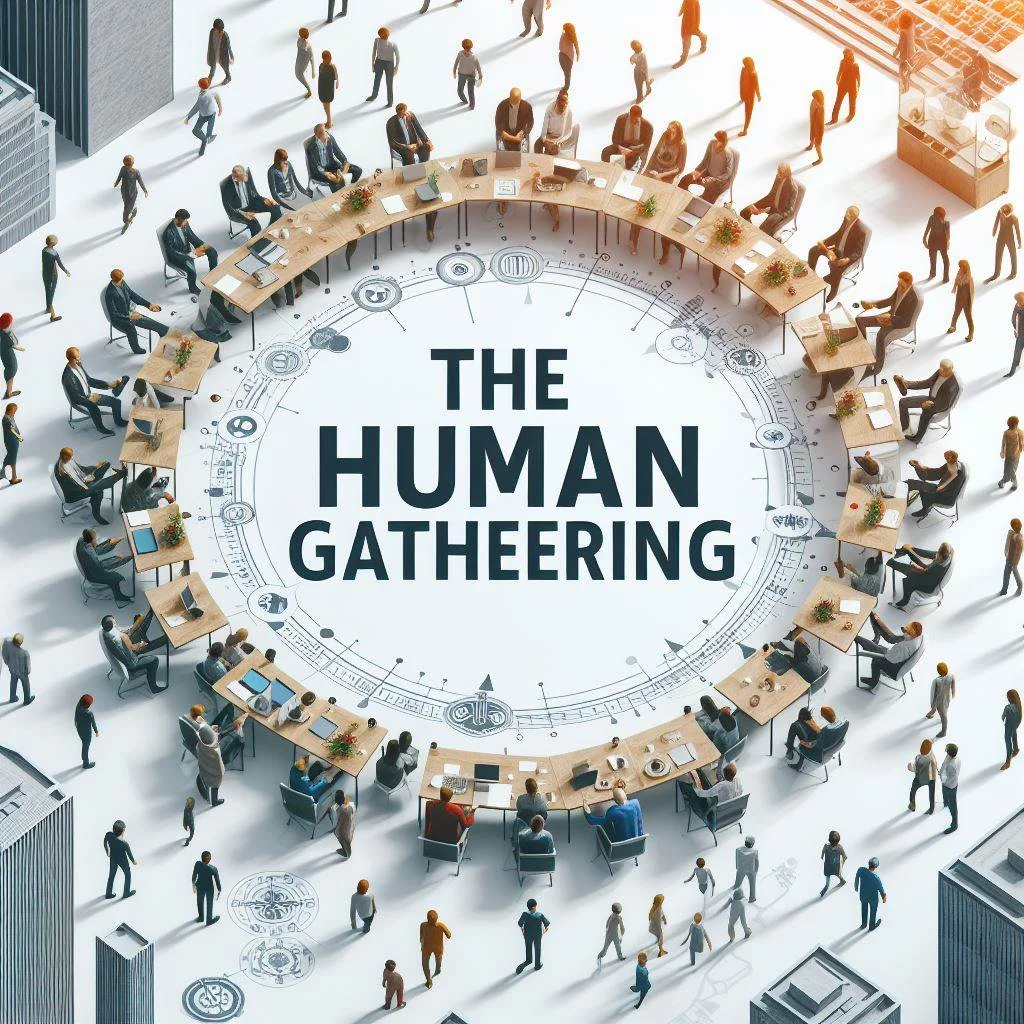the human gathering fake
the human gathering fake In a world buzzing with notifications and digital interactions, it’s ironic how many of us feel more isolated than ever. Social media platforms parade images of smiling friends gathered together, yet behind those carefully curated posts lies an unsettling reality: the human gathering has taken on a facade of fakeness. We crave connection but often settle for surface-level engagements that leave us feeling empty human.
As we scroll through our feeds, we’re tricked into believing these virtual encounters equate to genuine relationships. But what happens when the screen dims? The loneliness creeps in. This blog will explore why fake gatherings have become so prevalent and their impact on our mental well-being. We’ll delve into the dangers they pose to authentic connections and examine how technology reshapes our ability to bond meaningfully with others. Join me as we navigate this complex landscape of virtual friendships versus real-life disconnection—because understanding this phenomenon may lead us back to authentic human connection.
The Rise of
The rise of digital communication has transformed how we interact. With just a few taps, we can connect with anyone, anywhere in the world. This convenience often overshadows the depth and authenticity of these interactions.
People flock to social media platforms, sharing snippets of their lives for likes and comments. The allure is undeniable; it feels good to be seen and acknowledged by others, even if those moments lack substance.
Yet this shift comes at a cost. As online gatherings become more commonplace, face-to-face connections dwindle. Shared experiences turn into virtual events that may lack emotional resonance.
Communities are formed online but often feel fragmented in real life. Groups that once thrived on shared physical spaces now exist as avatars behind screens—leaving many feeling disconnected despite being “connected.”
Why We Feel More Alone Than Ever: The Impact of Fake Human Gathering
In a world buzzing with connections, loneliness has become a silent epidemic. We scroll through curated lives on social media yet feel more isolated than ever. The illusion of connection is often just that—an illusion.
Whether virtual or superficial in-person meetups, fake human gatherings lack the depth we crave. These interactions are often shallow and fleeting, leaving us feeling hollow afterwards. Conversations can seem scripted; emojis replace genuine emotions.
As we prioritize likes over honest conversations, our ability to forge meaningful bonds diminishes. Authenticity slips away as we trade quality for quantity in relationships.
The irony is that our constant connectivity leads to disconnection from ourselves and others. While technology offers ease of communication, it also creates barriers to true intimacy and understanding between individuals.
From Virtual Friends to Real-Life Disconnection: The Dangers of Fake Human Gathering
In today’s digital landscape, our connections often exist behind screens. We swipe and click, accumulating virtual friends as if they hold the same weight as those we share coffee with. Yet, this façade of friendship often breeds a sense of isolation.
The danger lies in mistaking quantity for quality. A hundred likes on a post can feel rewarding, but they don’t replace genuine interaction. The more time we spend online, the less likely we are to engage meaningfully in person.
As these fake gatherings proliferate, real-life social skills may diminish. Eye contact becomes rare; conversations dwindle to emojis and memes instead of heartfelt discussions.
Moreover, reliance on digital communication influences emotional well-being. Loneliness creeps in when we realize that our so-called friends don’t know us—a stark contrast to the richness of authentic human connection.
Breaking the Illusion: How to Build Authentic Connections in a World of Fake Gatherings
Authenticity often takes a backseat in a world saturated with social media events and virtual meetups. We scroll through curated images of gatherings that appear lively yet feel hollow.
To break this illusion, we must prioritize meaningful interactions. Start small by contacting someone for coffee instead of sending likes from afar. Honest conversations happen face-to-face, where body language reveals emotions words cannot convey.
Engage in activities that foster genuine connection—join local clubs or volunteer in your community. Shared experiences create lasting bonds beyond the digital facade.
Remember to listen actively during conversations. This simple act fosters a more profound understanding and shows you value the other person’s perspective.
Embrace vulnerability. Sharing your authentic self invites others to do the same, leading to authentic relationships built on trust and openness in an era dominated by superficial connections.
How Technology is Rewiring Our Brain and Affecting Our Ability to Connect with Others Truly
Technology has seeped into every corner of our lives. It’s easier to imagine a day with scrolling through feeds or responding to notifications. This constant interaction shapes how we think and feel.
Our brains adapt in real-time, prioritizing quick interactions over deeper connections. Dopamine hits from likes and shares create surface-level satisfaction but rarely satisfy our emotional needs.
Face-to-face conversations have been replaced by text messages filled with emojis. While convenient, this shift ignores the nuances of genuine human connection—the tone of voice, body language, and shared laughter.
We find ourselves surrounded yet isolated. Each ping draws us back into devices instead of fostering relationships that matter. As we become more digitally connected, the art of genuinely connecting slips further away. Recognizing this change before it becomes an irreversible part of our social fabric is crucial.
Behind the Screen: The Psychological
The allure of fake human gatherings often masks a more profound psychological struggle. While we scroll through curated images and status updates, we must quickly remember that these digital interactions are not authentic connections. They provide a momentary escape but leave us feeling more isolated than ever.
Social media platforms create an illusion of connection. We see smiles and laughter, yet behind those screens, many grapple with loneliness and anxiety. The comparison game is relentless; as we witness others’ seemingly perfect lives, our experiences can feel inadequate.
This constant barrage affects our mental health significantly. Studies have shown that prolonged screen time correlates with increased feelings of depression and isolation. We must try—to understand how easily we can lose ourselves in the virtual world while neglecting meaningful relationships right before us. Before this disconnect, we should prioritize real-life interactions over online engagements. A simple coffee date or a walk in the park can reignite genuine connections that social media cannot replicate.
As technology continues to evolve, so does our relationship with it. Understanding its impact on our psyche allows us to make conscious choices about how we use it—choosing authenticity over artificiality whenever possible.
By fostering awareness around these dynamics, we take steps toward nurturing healthier habits and embracing authentic human connection once again—a journey worth undertaking for everyone seeking fulfilment beyond the screen.








